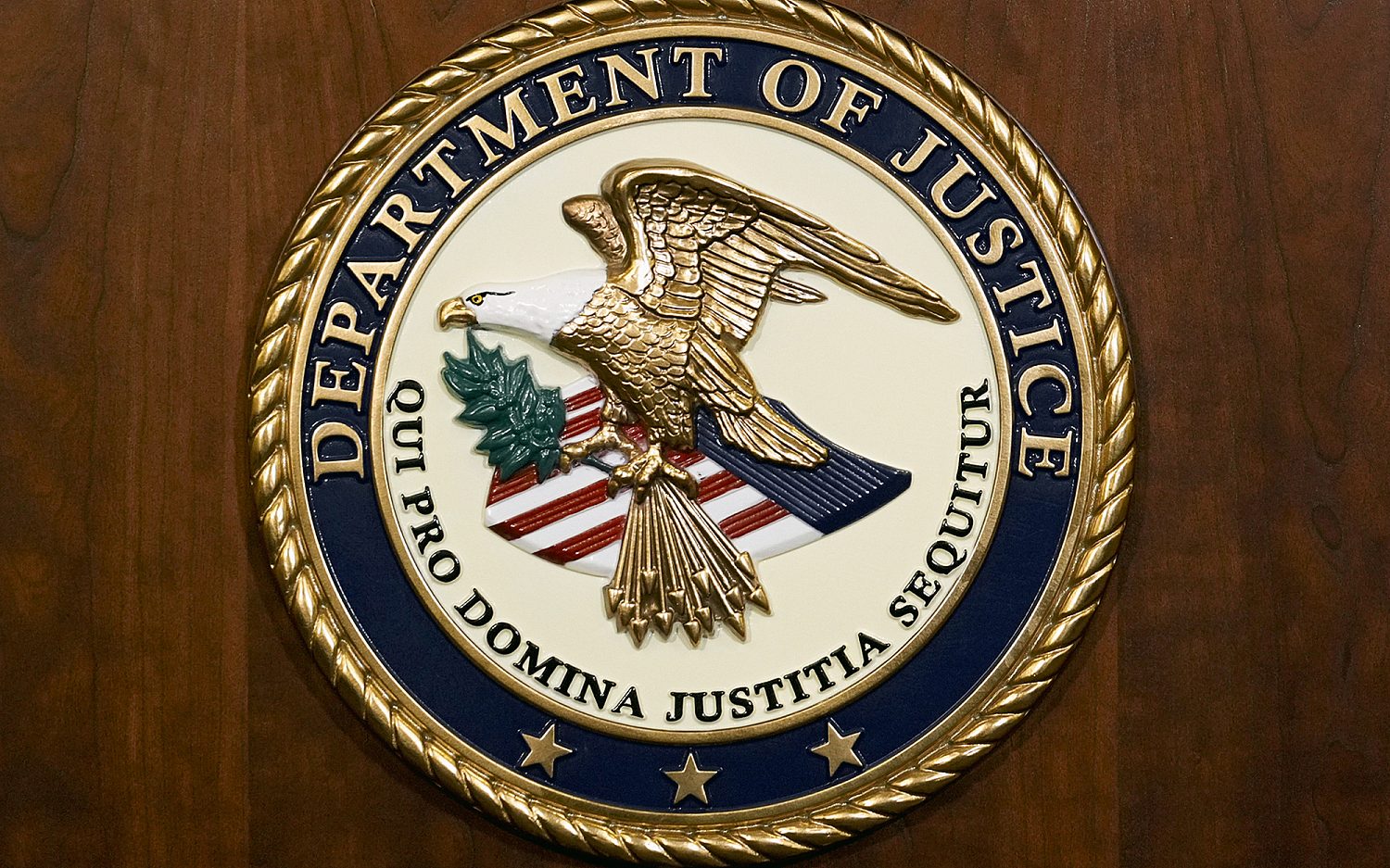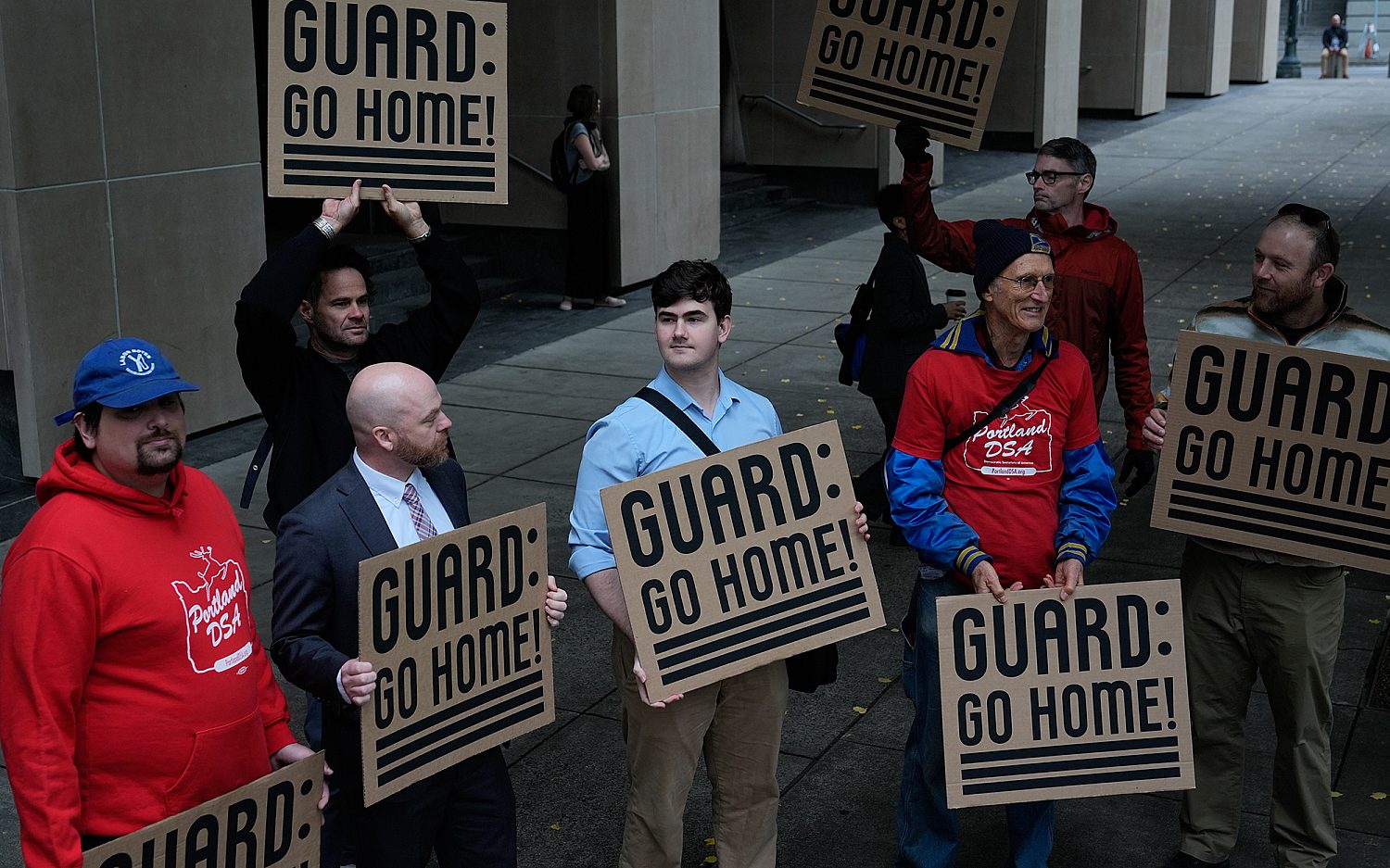Trump sticks to hardline on immigration
Key proposals stay the same, but mass deportation to be postponed
Donald Trump’s had a whirlwind week. After days of confusion and speculation over apparent changes to his once-ironclad immigration proposals, the GOP nominee started Wednesday in Mexico City calling Mexican Americans “spectacular, hard working people” and ended the day in Phoenix introducing the families of victims killed by illegal immigrants.
In one of the biggest media buildups in recent election coverage, Trump kept opponents, supporters, and reporters guessing over what he’d say about immigration on Wednesday night in Arizona.
Here’s the short version: No pathway to legalization or citizenship without leaving the country and re-entering through a legal process. Illegal immigrants with criminal records must go, but no plans to deport some 11 million undocumented immigrants for at least “several years,” when Trump says immigration will be under control.
One of the most notable dynamics about Trump’s immigration speech: It was remarkable his positions weren’t already clear.
The candidate secured the Republican Party’s nomination in part by promising two things. First, he’d build a wall between the U.S. and Mexico. Second, he’d send home the illegal immigrants living in the U.S.
Last November, Trump spoke of creating a deportation force to expel illegal immigrants. During a February debate, he said, “We have 11 million people in this country that came in illegally. They will go out.”
But by last week, as Trump’s poll numbers continued to slide in key battleground states, the candidate suggested that might not be the case. In one interview, he said we should focus on expelling criminals. He also said he wouldn’t approve a path to citizenship, but if illegal immigrants paid back taxes we would “work with them.” One of Trump’s new hires, campaign manager Kellyanne Conway, said the candidate’s approach was “softening.”
A few days later, running mate Mike Pence added a different layer, saying Trump wouldn’t allow any legal status for those in the country illegally. It still wasn’t clear if mass deportations were on or off the table, though campaign surrogates emphasized he’d deport criminals.
By Wednesday morning, Trump visited Mexican President Enrique Peña Nieto in a move that allowed the candidate to appear presidential as he contemplated a major speech involving Mexico. After a private, one-hour meeting, Trump called illegal border crossings a “humanitarian crisis” for immigrants who run afoul of drug smugglers or encounter the other brutal conditions of illegal crossings.
By last night, many wondered if the candidate was charting a new course or at least a new tone designed to ease the concerns of Hispanics or other voters still unsure about Trump.
It became clear fairly quickly that wasn’t the case. Though Trump did acknowledge many legal immigrants make worthy contributions to the United States, when it came to highlighting specific immigration stories, he focused on illegal immigrants who had committed violent crimes.
During his speech, Trump also returned to familiar themes. He promised to build a wall on the border and pledged Mexico would pay for it. (The Mexican president insisted earlier in the day his country wouldn’t subsidize a wall.)
Trump also offered some common-sense moves: Track whether foreign visitors leave when their visas expire. Use available technology to determine whether a worker has legal status to obtain a job in the United States.
The candidate doubled down on a pledge to suspend entry for any foreigner from countries like Syria or Libya—a move that would affect many fleeing war-torn lands. It wasn’t clear what criteria would allow that process to resume, other than adding an ideological test to screen for extremism.
If some were wondering whether Trump would still “work with them” if immigrants paid back taxes or took other steps to remain in the country, the candidate made it clear the only path to legal status requires an illegal immigrant to leave the country and re-enter through legal means.
But there was one significant change. While Trump talked about tripling immigration officers and creating a “deportation task force,” he also said such a team would focus on going after the most violent criminals first.
Though Trump said any illegal immigrant is subject to deportation, he singled out what he estimated as 2 million illegal immigrants with criminal records. (It wasn’t clear if those numbers included nonviolent crimes as well.)
As for mass deportation of all illegal immigrants, Trump said that after “several years” when a wall is built and immigration is under control, the United States could consider what will happen to the rest of the nearly 11 million undocumented immigrants still in the country. He didn’t say they’d be deported.
Given Trump’s hardline stance and tough tone throughout his speech, it’s unlikely such a change will deter his supporters. But it’s also unclear whether the speech would assuage voters still unsure about him.
Even if they agree with some or all of the policy, it still may unsettle some voters to see a candidate waver—at least momentarily—on one of the centerpieces of his campaign. This much did seem clear: Trump was returning to the aggressive style that helped him win the primary race, in hopes it may also help him win the election.
One more notable dynamic in Trump’s speech: He spoke in sweeping terms about what curbing illegal immigration would accomplish, including “peace and law and justice and prosperity will prevail,” “gangs will disappear,” and we will “rebuild America’s inner cities.”
While ejecting criminals and gang members certainly could have a positive effect on reducing crime rates, illegal immigration isn’t the only source of violent crime in the country or the only cause for poverty and despair in America’s inner cities. When it comes to those kinds of decadeslong problems, cities won’t revive by immigration reform alone.
An actual newsletter worth subscribing to instead of just a collection of links. —Adam
Sign up to receive The Sift email newsletter each weekday morning for the latest headlines from WORLD’s breaking news team.





Please wait while we load the latest comments...
Comments
Please register, subscribe, or log in to comment on this article.